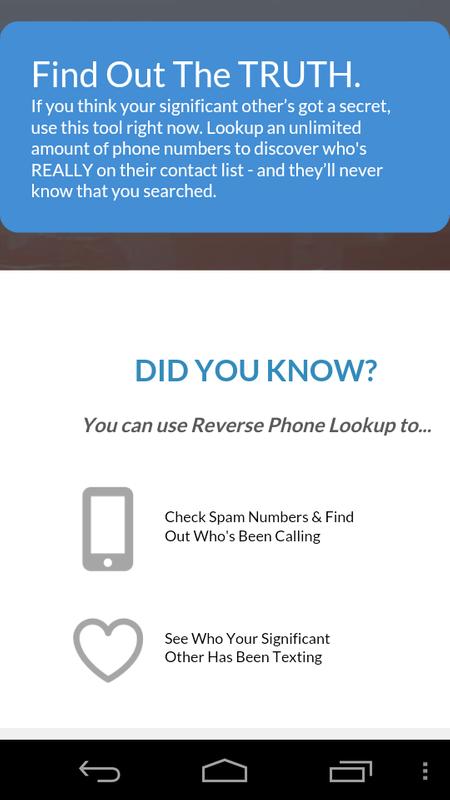
The design looks a bit similar to SauceNAO but the algorithms are completely different. For example, you can upload a collage of icons and crop to search for just one icon hoping to find another duplicate online. This one is more unique because you actually specify a portion of an image to search. The last reverse image search engine I want to mention is RevIMG. But it is good to know about other solutions which are out there. Their design is much more basic and it does not feature all the extra stuff you’ll notice on the results page. The search functionality is built on top of IQDB which is a very similar reverse image search.

I haven’t been using SauceNAO for more than a couple months but it has quickly grown into my list of highly recommended webapps.
#Reverse image look up install
These are both free to install and they provide extra functionality built right into your web browser. If you want some browser add-ons they are available for Google Chrome and Firefox. This web application is indispensable when it comes to locating those tricky images which seem to have no alternate results. SauceNAO is built to recognize characters other than the roman alphabet and crawl websites in these languages. SauceNAOĪlthough the homepage is a little bland, SauceNAO is the absolute best resource to find external images when nothing comes from TinEye or Google. Instead we have another great webapp to handle foreign language-based images. Between Google and TinEye you should be able to locate sources from many different websites.īut what about the eastern-language sites I mentioned earlier? Chinese or Japanese websites such as niconico may not be indexed by these crawlers. You can also check out image dimensions on the results page, along with the external website URL. Obviously Google has more powerful indexing algorithms and thus returns a lot more stuff for any typical search. I actually find Google’s search results to be more helpful than TinEye.
Alternatively you may click “Upload an image” to upload your own. Click and the input box will transform asking for a direct image URL. If you hover over this icon a tooltip will appear that reads “Search by image”. But did you know that Google’s image search can also reverse search based on any image?įirst go to and find the tiny camera icon in the search bar(usually next to the microphone). You can type in keywords and Google will return a large gallery of related photos from all around the web. Practically everyone who uses Google search also knows about their image search. I am excited to think about where this product could be in another 3-5 years. This is quite possibly the most straightforward image lookup tool you will find. Anyone who wishes to integrate TinEye search into their website can generate an API key and get to work. The service is free for anonymous use, but you can register a personal account as well.Īdditionally there is an online developer’s API for accessing their features on the backend. The results page includes the image dimensions and the direct source URL where it can be found. You can either upload an image or copy/paste an image URL to locate duplicates elsewhere. TinEye mostly crawls through websites written in English and so it does miss out on eastern-language websites.īut this is truly an invaluable tool for reverse image lookup. This is typically my first go-to resource because it has a great interface and has cataloged a tremendous number of images. TinEyeįirst up we have TinEye which is a product of Idée. If you frequently need to reverse engineer the source of images then these search engines will become like second nature.

Nowadays I find myself using these tools almost constantly. It is worth bookmarking these links or saving them elsewhere just in case you forget the hyperlink. I wish to present a small collection of web applications which you can likely employ for image searching. But image-based image searching has slowly been growing in popularity. Granted there are plenty of tools out there for regular image search based on text. With enough patience you can often find an original source which also probably features the largest dimensions. The concept of reverse image searching is quite simple – you upload an image or paste the direct URL to an image online, and the search engine will match the shapes/patterns to locate copies of this image. But what about finding alternate sizes, cropped thumbnails, and other websites using this same picture? Reverse image search to the rescue! There are so many websites and resources out there, it can take forever to locate the original source of an image. When you find an image within Google or on a social networking website you may feel compelled to save a copy.


 0 kommentar(er)
0 kommentar(er)
